|
Lace identification is tricky. For one thing, different types of lace imitate each other, as for instance bobbin lace imitating needlelace, or crochet lace imitating bobbin lace. Carrickmacross lace imitates more expensive needlelaces, and Battenburg (tape) lace imitates bobbin lace by using the techniques of needlelace. Even tatting can be a chameleon, in pieces like the Queen of Roumania's (below), where she tatted flowers and appliqued them on net to look like a grounded lace: To complicate identification, unless you're looking closely at a lace, you can't see how it's put together; from a distance, a cheap chemical lace could mimic an expensive handmade antique! Laces made on Schiffli embroidery machines or Leavers looms can be very good imitations! Check out the side-by-side comparisons in this Lace Booklet from the Dress and Textile Specialists. Naturally, that won't stop me from playing Name That Lace, which is a game I just made up! I shall start with an image of a lace in use, being worn or used in film, photograph, or painting. I will then do a bunch of research to decide on its most likely style, place of origin, method of manufacture, and whatever else I can figure out. My conclusions will most likely be guesses, since (as mentioned above), lace identification is tricky. Maybe some of my readers can help out? Let's have fun and learn things! NAME THAT LACE! Starting with a modern image is a bit speculative... it could very well be machine-made, as most modern laces are. But since it's worn by a member of the British royal family, there's a possibility that it is a handmade heirloom. So I present Catherine, Duchess of Cambridge: Right after giving birth to her third baby (a boy), the Duchess of Cambridge stepped out of the hospital wearing a red dress and a crisp white lace collar. This stands out because the Duchess doesn't favor lace in her daily style. Sure, she wore a very lacy wedding gown (machine-made lace appliques that imitated antique bobbin laces, appliqued to silk tulle as in Carrickmacross technique), but a quick scan through the royal couple's official Twitter feed shows a marked preference for plain, bright colors with interesting construction but little ornamentation.
Below, I've zoomed in on the collar and played with the brightness of the image to try to get more contrast. Doing so reveals more detail in the flowers... they're not just flat panes of dense stitching; there are raised edges (but maybe not cordonnet and certainly not gimp!) and what look like regular dots (the texture of hand stitches? machine-made embroidery?) Most sources simply call this example a "Peter Pan collar", which refers to its shape, not its lace. Brides.com, in its gushy article about how exciting the birth was, called the collar "crochet". But since I don't know much about crochet, let me start with my expertise... IS IT NEEDLELACE? When looking at overall design, I like to think about what I call the scale of making. If you paint with a broad brush, you make bigger pictures with fewer details, right? Painting with a tiny brush means that big pictures take forever, but you can do small pictures with intricate detail. So with needlelace, where the tools are small (a single thread, a needle), you make smaller things, but you tend to put lots of detail into them. Once you move on to thicker threads (like crochet cotton) and needles, you can't do those tiny details. For example, check out the two styles of needlelace that look most similar to the Duchess' collar.
Because the Duchess' collar doesn't have variety in its opaque areas or picots on its brides, I think it's unlikely to be needlelace. If it is needlelace, it's an unusual one and probably a boring one to make; there isn't enough detail in the flowers and leaves to keep the lacemaker interested while working, in my humble opinion. CROCHET LACE So is it crochet? There are several distinct aesthetics in crochet lace. The simplest crochet laces are regular in form and mostly abstract. They have a matte look to them, because all the chain stitches and loops kink the thread and it reflects the light differently.
But once the filling stitches expand in variety, and the motifs get built up in to three dimensions, you get Irish crochet which is quite a beautiful example of the art. It was developed to imitate the look of Venetian gros point, the most sculptural form of needlelace. Then there's more intensely filigreed Orvieto crochet, which comes from the Umbrian city of Orvieto in Italy. Comparing and contrasting these crochet pieces with the Duchess' collar, I think it's possible her collar was made by crochet, though in a different style than these. It's got the larger thread and matte look of crochet, and we know that the skinny brides are possible as chain stitches in crochet. So maybe Brides.com is right that it's a crochet collar. But... MACHINE MADE? I want to believe this collar is hand-made, since it's on an expensive bespoke dress worn by a royal, but there's still the possibility that it's mass-produced. One thing in particular tips me off.... The pattern of the left is mirrored on the right, which is nice and balanced. But look at the two leafy areas I've circled... not only is the number and position of the leaves exactly the same, so are the brides! The little line or bar connecting the bottom leaflet to the stem, for instance, is exactly the same on both sides of the collar. Even if a hand-worker were working from a pattern, there'd still be a little variation in where the brides get put! As is, it's too exact, too perfect, to be made by a person. Without better pictures, I can't say for sure, but I'm leaning toward machine-made lace imitating crochet. Anyway, it's charming. WORKS CITED Donovan, Blair. "See The First Photo of Kate Middleton and Prince William's Third Royal Baby," Brides.com,
published on April 23, 2018. Accessed 8/1/2018: https://www.brides.com/story/kate-middleton-third- royal-baby-is-born Plate XXV with accompanying quote by Carmen Sylva, Queen of Roumania. The Art of Tatting, by Katharin L. Hoare, Longmans, Green and Co. 1910. Accessed 7/30/2018: https://www2.cs.arizona.edu/patterns /weaving/books/hkl_tatt_2.pdf
0 Comments
Leave a Reply. |
Karen Roy
Quilting, dressmaking, and history plied with the needle... Sites I EnjoyThe Quilt Index Categories
All
Archives
March 2024
|
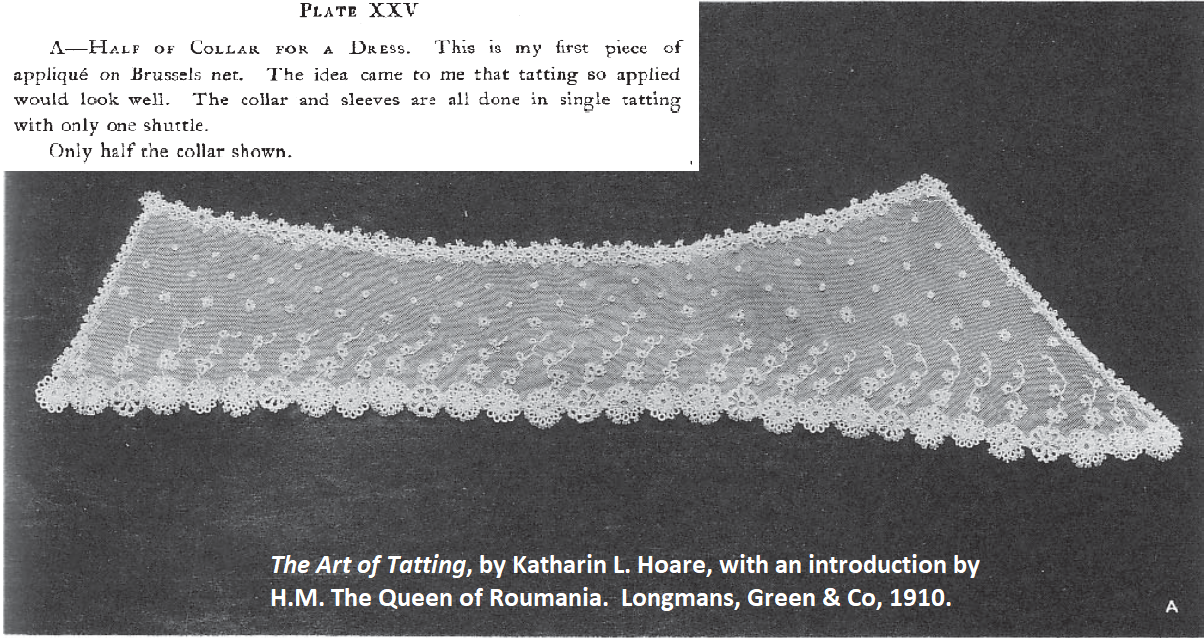
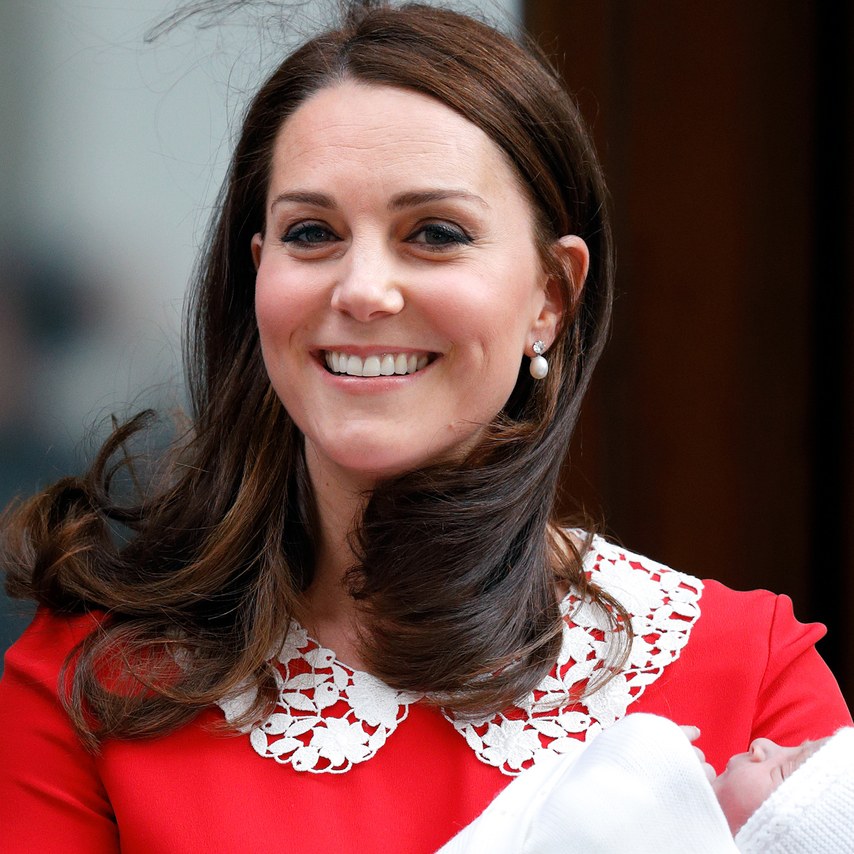
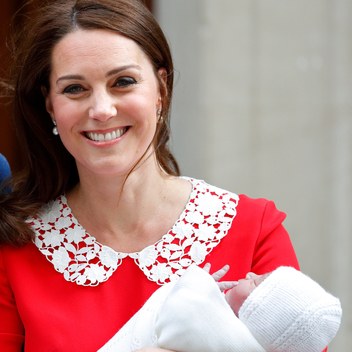
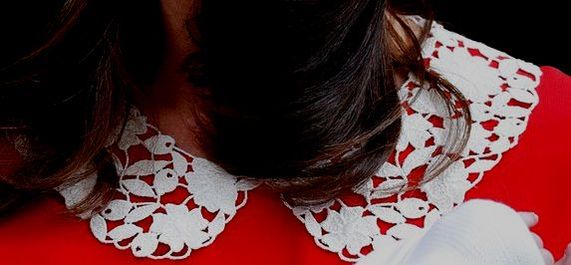
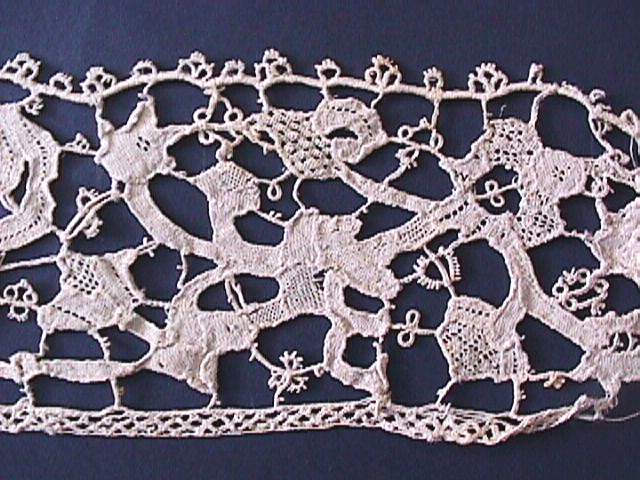
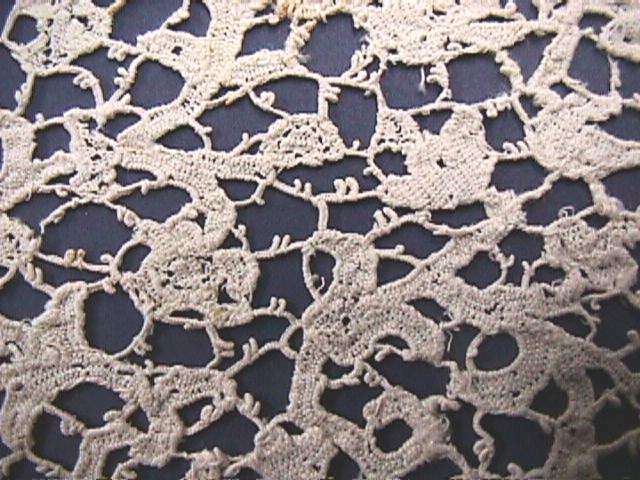
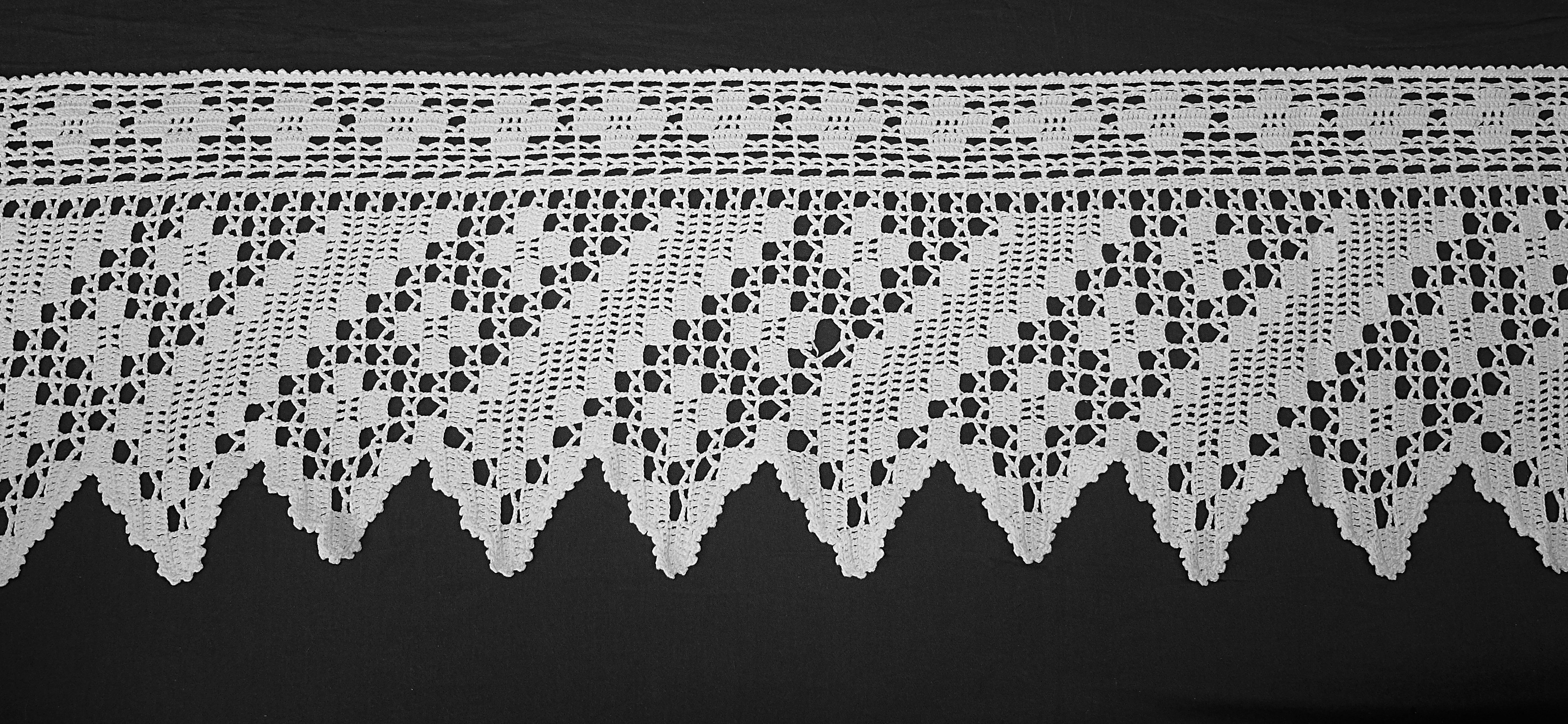
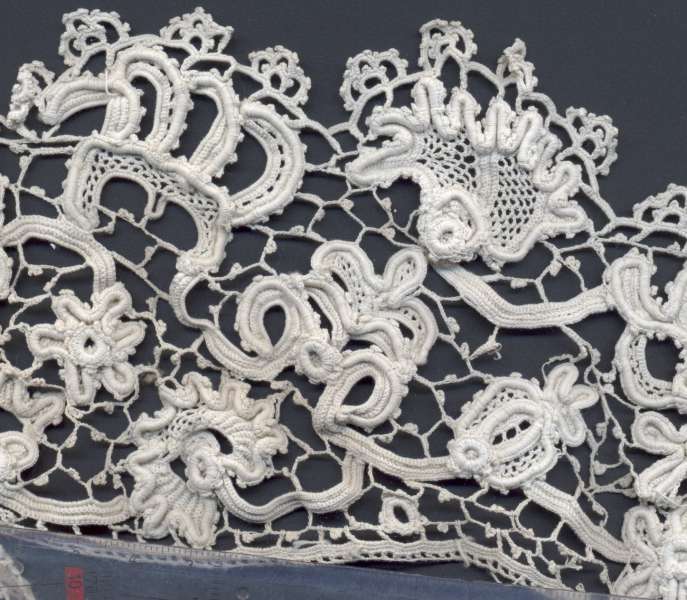
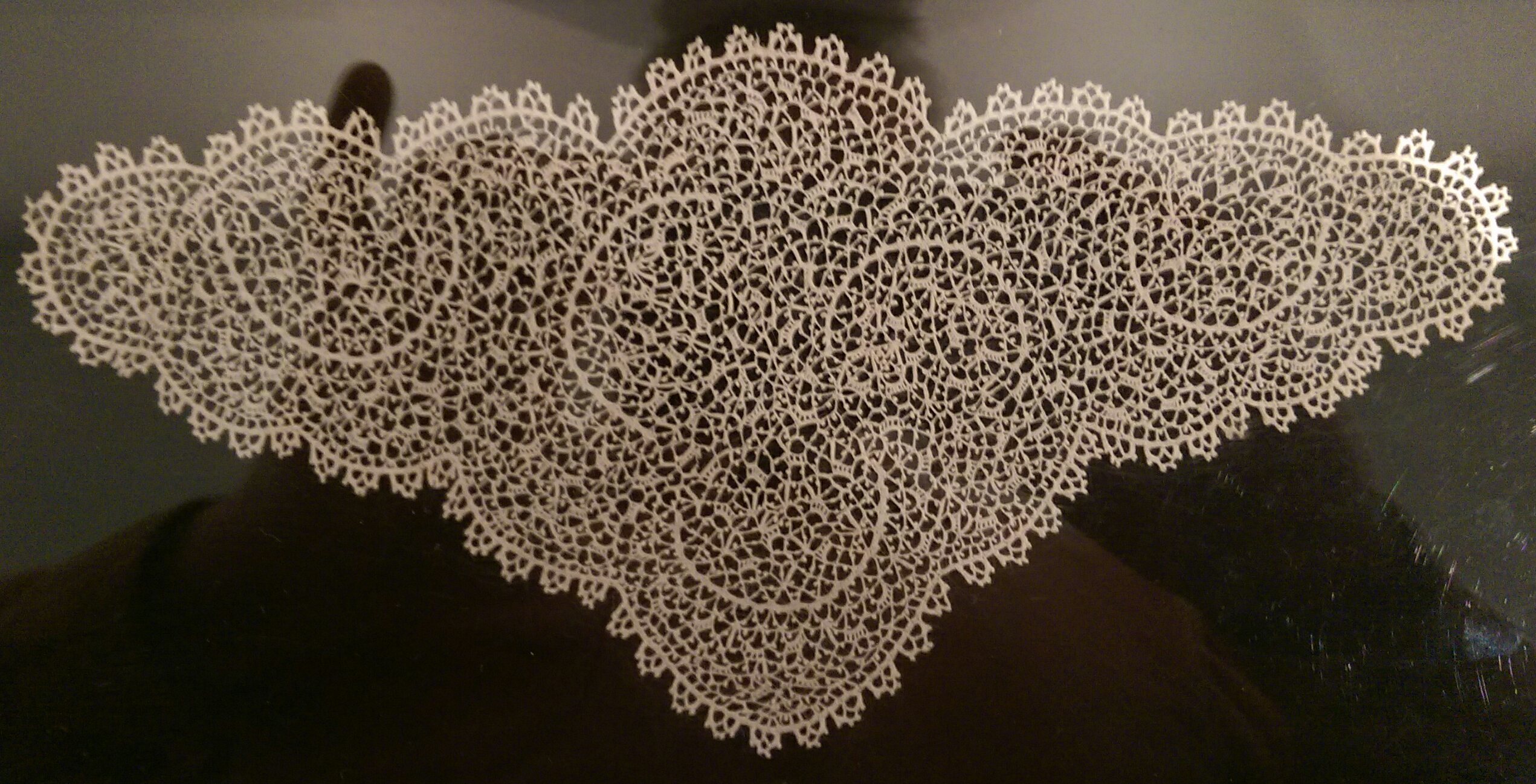
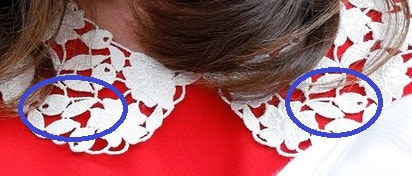
 RSS Feed
RSS Feed